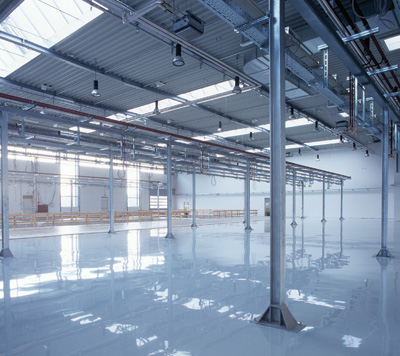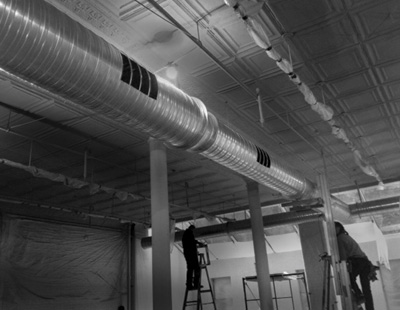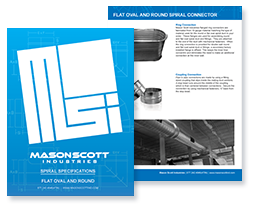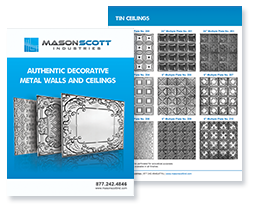How To Use Retro Industrial Design To Improve Aesthetic Value
 In the last few years, the selection of designs and specific pieces included in the interior of buildings has started to change course towards objects which are just as much about function as they are about the aesthetic look and style of the interior.
In the last few years, the selection of designs and specific pieces included in the interior of buildings has started to change course towards objects which are just as much about function as they are about the aesthetic look and style of the interior.
The move towards retro industrial design has resulted in blending of both of these two aspects into all types of spaces.
The retro industrial design has deliberately tried to showcase and incorporate industrially-inspired features into the object’s decor to make it more stylish and aesthetically pleasing.
Here are some ideas for incorporating some of these features into your own building.
Not too long ago, incorporating metals and industrial products into déor would have been unthinkable.
Today, these objects which were previously used for purely functional purposes, such as lighting and plumbing, are used by designers in very innovative and interesting ways that improve the look of the interior. For example, wrought iron, copper, and brushed nickel have been used extensively to bring aesthetic appeal to a building inspired by retro industrial design.
In fact, some have gone as far as to leave the entire structures exposed and not hidden above ceilings or next to walls because they think it will help in improving the aesthetic design of the interior.
Adding retro industrial design elements to your building leaves you with the freedom to mix and match aspects of your building that are modern with more rustic architecture.
 For example, you can apply this principle in your building by including pendant lighting installations while incorporating them with objects which have more rustic details, thus giving it an instant retro look.
For example, you can apply this principle in your building by including pendant lighting installations while incorporating them with objects which have more rustic details, thus giving it an instant retro look.
Even in homes, adding these rustic elements to the modern design elements that most kitchens have, such as high-tech appliances, objects designed from stainless steel and granite counter-tops, should create a great contrast that can give your kitchen an instant make over.
Another way to incorporate elements of retro industrial design into your building is through the use of art.
Apply your unique creative style to your high traffic areas by designing artwork from materials you find in warehouses and barns in your area.
You’ll be able to find plenty of raw materials, such as wood, rail road ties and different metals to make your own artwork or you can use them as stand-alone objects or accessories to add rustic appeal to any area in your building or even your home to give it an aesthetic flair.
Retro industrial design focuses on incorporating industrial elements in buildings and even in the living areas of your home, with the contemporary elements and accents used to improve its overall aesthetic appeal.
It’s an area on the cutting edge of interior design that has been growing exponentially and this trend is not likely to stop any time soon.



